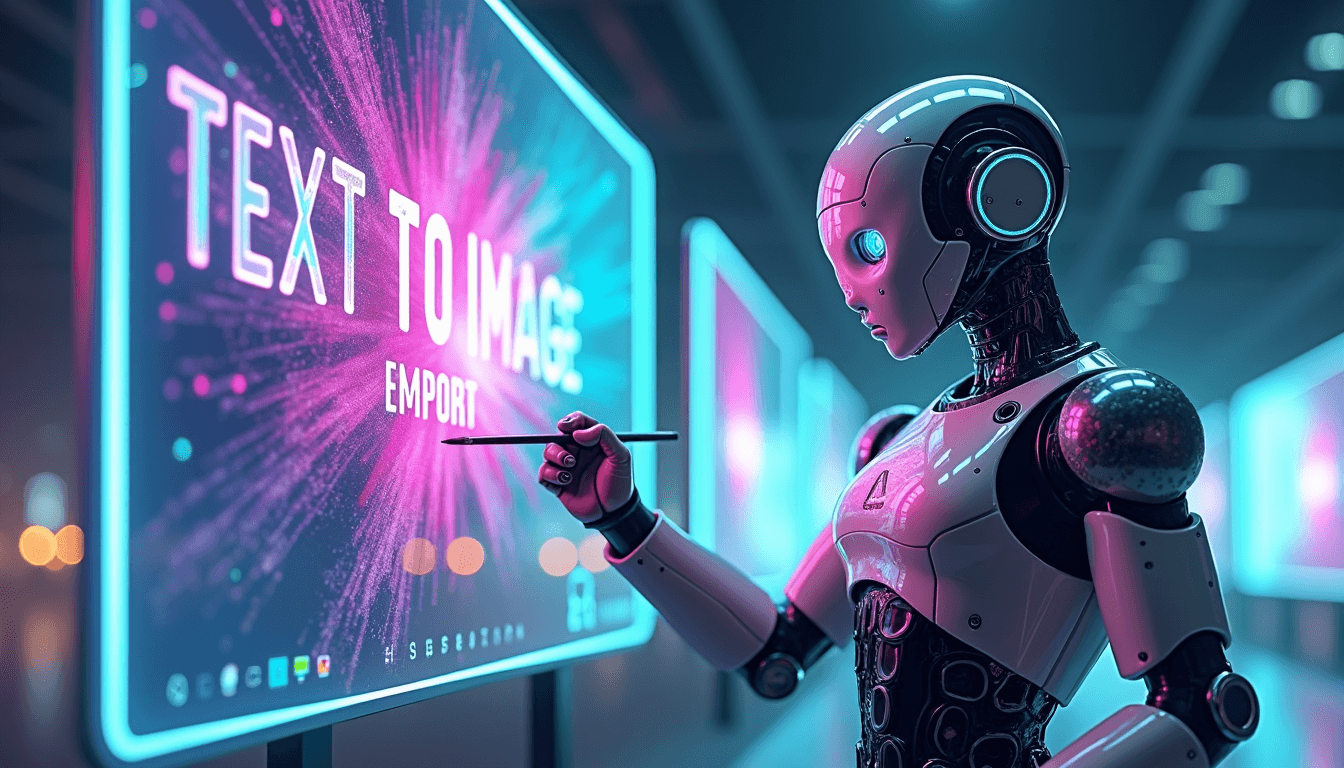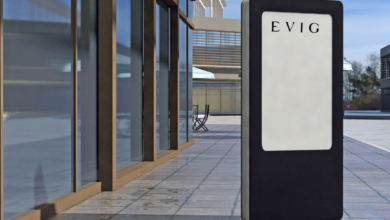How to Create Images From Text for Storytelling Projects

The integration of visual imagery into storytelling projects has become increasingly significant, particularly with the advent of advanced AI text-to-image generators. These tools offer storytellers the opportunity to transform textual descriptions into compelling visuals that enhance narrative depth and emotional engagement. However, the process requires a nuanced understanding of composition and the psychological impact of color, as these elements can profoundly influence audience perception. As we explore the intricacies of creating effective storytelling images, it becomes evident that the methods employed may vary widely, leading to a multitude of possibilities for narrative expression.
Understanding the Power of Visuals
Visuals hold an unparalleled ability to captivate and convey complex narratives, transforming abstract concepts into tangible experiences.
Through visual communication, ideas leap off the page, forging emotional connections that resonate deeply with audiences. Each image tells a story, evoking feelings and sparking imagination, ultimately empowering individuals to explore their freedom of expression.
In this dance of colors and shapes, meaning unfolds beautifully.
See also: Preparing for Success: Tips for Test Preparation
Tools for Text-to-Image Creation
Harnessing the power of innovative technology, creators can now transform textual ideas into vivid imagery with remarkable ease.
AI generators serve as dynamic tools, allowing users to input creative prompts and watch as their visions materialize before their eyes.
These platforms empower storytellers, offering the freedom to explore artistic boundaries, experiment with concepts, and bring narratives to life through stunning visual representations.
Techniques for Effective Storytelling Images
Crafting effective storytelling images requires a keen understanding of both composition and narrative intent.
Utilize visual metaphors to communicate deeper meanings, enhancing the viewer’s emotional connection.
Employ narrative imagery to guide the audience through your story, creating a vivid landscape of imagination.
Tips for Optimizing Visual Impact
A compelling visual can significantly elevate the impact of your storytelling project, drawing the audience in and eliciting stronger emotional responses.
Leverage color psychology to evoke feelings; warm tones can inspire passion, while cool shades promote calm.
Additionally, master image composition by balancing elements and guiding the viewer’s eye, ensuring each visual resonates deeply and enhances your narrative’s freedom and vibrancy.
Conclusion
In the realm of storytelling, the fusion of text and vivid imagery breathes life into narratives, transforming mere words into a tapestry of emotions and experiences. Each visual, crafted with intention, acts as a window into the soul of the story, inviting the audience to journey through vibrant landscapes and intricate details. By harnessing the power of color and thoughtful composition, storytellers can create resonant connections, illuminating the path of imagination and leaving an indelible mark on the hearts of viewers.




